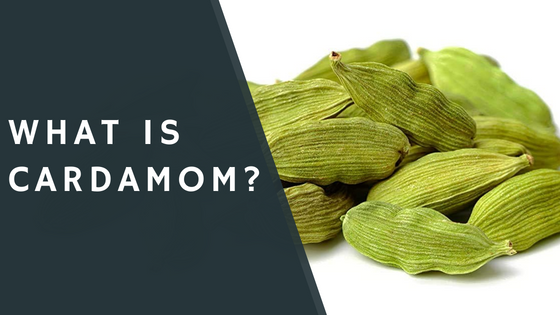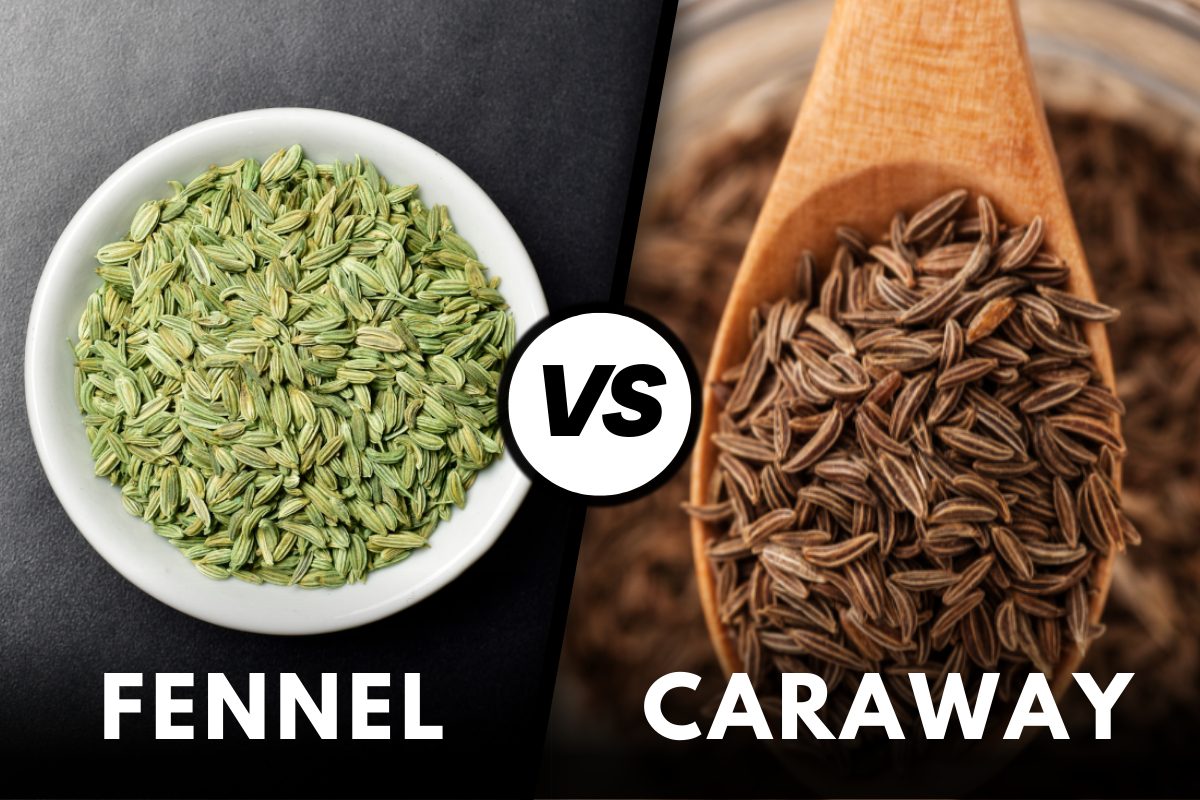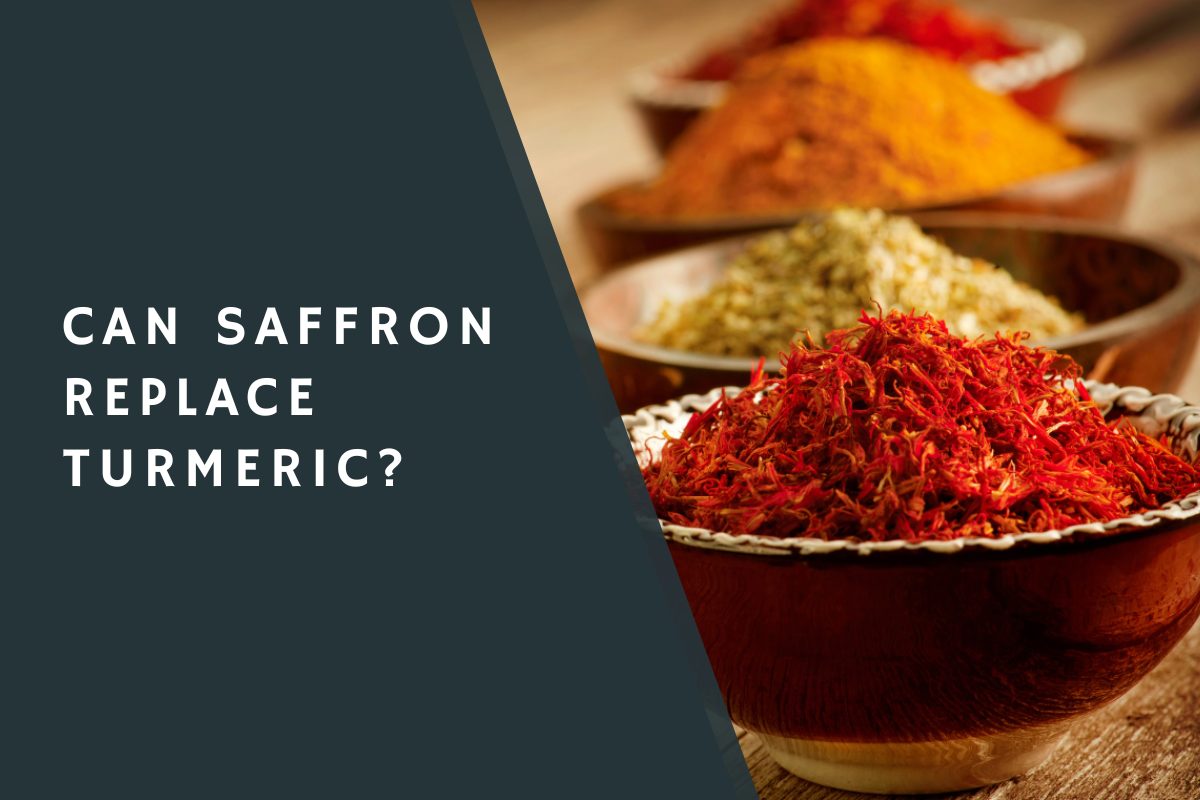Turmeric and Ginger are two of the most commonly used spices in the world. They are parts of the same plant family and have many similarities, but there are also some crucial differences between them.
Curry’s yellow color is attributed to turmeric. It has a warm, slightly bitter taste and is used in many Indian and Asian dishes.
Ginger, on the other hand, is a fresh, slightly spicy root. It is used in various cuisines but is especially popular in Asian and Caribbean cooking.

See Also: Fennel Vs Caraway
What Is Turmeric?
Turmeric and Ginger are two of the most commonly used spices in the world. They both have a long history of use in traditional medicine and have been shown to have health benefits.
In Indian cuisine, turmeric is often used as a yellow-orange spice. It has a warm, slightly bitter taste and is often used to flavor or color curry dishes. Turmeric is also used in some traditional medicine systems, including Ayurveda and Chinese Medicine.
Ginger is a root that is typically used as a spice or flavoring. It has a strong, spicy taste and is often used in Asian cuisine. Ginger is also commonly used in traditional medicine systems, including Ayurveda and Chinese Medicine.
While turmeric and Ginger have health benefits, they are not the same spice. Turmeric contains curcumin, which is a compound with anti-inflammatory properties. Ginger does not contain curcumin but does contain gingerol, another compound with anti-inflammatory properties.
What Is Ginger?
Ginger is a flowering plant that originated in China. Its root is used as a spice and has been used for medicinal purposes for centuries.
The active ingredient in Ginger is gingerol, a compound with anti-inflammatory and antioxidant properties. Ginger can be consumed fresh, dried, or ground into a powder. As a capsule or extract, it is also available.
Ginger has been traditionally used to treat nausea and vomiting, but there is some evidence to suggest that it may also be effective in relieving pain and inflammation. In addition, some studies have shown that Ginger can help treat osteoarthritis, migraines, and menstrual cramps.
While more research is needed to confirm the effects of Ginger, it is generally considered safe to consume in moderation. However, some potential side effects are associated with Ginger, such as heartburn and indigestion, so it is best to speak with a healthcare provider before adding it to your diet.
Benefits of Turmeric and Ginger
There are two spices that are extremely popular in the world, turmeric and ginger. They are both used in many cuisines and have a variety of health benefits.
Since ancient times, turmeric has been used in India as a spice. It is a key ingredient in curry powder and gives it its yellow color. Turmeric has many health benefits, including:
- Anti-inflammatory properties: Turmeric can help reduce inflammation in the body, leading to various health benefits.
- Antioxidant properties: Turmeric is a powerful antioxidant that can help protect cells from damage.
- Anticancer properties: Some studies have shown that turmeric may help prevent or treat certain types of cancer.
There has been a long history of use of ginger in traditional medicine. Ginger has many health benefits, including:
- Reducing nausea: Ginger effectively reduces nausea and vomiting, especially during pregnancy.
- Relieving pain: Ginger can help ease pain from arthritis, menstrual cramps, and headaches.
- Improving circulation: Ginger helps improve circulation by dilating blood vessels and increasing blood flow.
Turmeric and Ginger Nutrition Facts
Turmeric and Ginger share many similarities but also some crucial differences. Here’s a closer look at the nutrition facts for these two popular spices:
Turmeric Nutrition Facts:
- Serving size: 1 teaspoon (0.5 grams)
- Calories: 2
- Total fat: 0 grams
- Saturated fat: 0 grams
- Trans fat: 0 grams
- Cholesterol: 0 milligrams
- Sodium: 1 milligram
- Total carbohydrate: 0.4 grams
- Dietary fiber: 0 grams
- Sugars: 0 grams
- Protein: 0 grams
- Vitamin A: 2% of the Daily Value (DV)
- Vitamin C: 0% of the DV
- Calcium: 1% of the DV
- Iron: 2% of the DV
Ginger Nutrition Facts:
- Serving size: 1 teaspoon (0.5 grams)
- Calories: 2
- Total fat: 0 grams
- Saturated fat: 0 grams
- Trans fat: 0 grams
- Cholesterol: 0 milligrams
- Sodium: 1 milligram
Which Is Stronger Turmeric or Ginger?
When it comes to medicinal properties, both turmeric and Ginger are pretty powerful. They both have anti-inflammatory and antioxidant effects and can help improve your digestion. But which one is stronger?
Turmeric is the more potent of the two regarding anti-inflammatory effects. It contains a compound called curcumin, which is more effective at reducing inflammation than Ginger.
Ginger is more effective than turmeric when it comes to improving digestion. This is because ginger contains a compound called gingerol, which has been shown to stimulate the production of digestive enzymes. This can help improve your digestion and make you less likely to experience bloating or gas after eating.
So, overall, turmeric is the more powerful of the two regarding medicinal benefits. Turmeric is your best bet if you’re looking for something to help reduce inflammation. Ginger is your best bet if you’re looking for something to help improve your digestion.
Can You Substitute Turmeric for Ginger?
Turmeric and Ginger are both popular spices with many health benefits. They are often used similarly, but there are some significant differences to keep in mind.
Turmeric is a spice that comes from the root of the Curcuma longa plant. It has a warm, earthy flavor and is often used in Indian cuisine. On the other hand, Ginger comes from the Zingiber officinale plant and has a hot, spicy flavor.
While they can be used interchangeably in some recipes, it’s important to note that they will produce different results. Turmeric is more potent than Ginger, so you will need to use less to achieve the same flavor.
Additionally, turmeric can leave a yellow tint on food, so it’s not ideal for dishes where appearance is essential.
If you’re looking for a health boost, turmeric and Ginger are excellent choices. They have been shown to reduce inflammation, improve cognitive function, and even fight cancer cells.
However, Ginger may be slightly more effective due to its higher concentration of active compounds.
Does Turmeric Taste Like Ginger?
There are two of the most popular spices in the world,Turmeric and Ginger. Both have a long history of use in traditional medicine and cuisine. But what does turmeric taste like?
Turmeric has an earthy, slightly bitter taste. It can be used in a lot of dishes. Ginger, on the other hand, has a sweet and spicy flavor. It is commonly used in sweets and baking.
So, does turmeric taste like Ginger? No, not really. The two spices have different flavor profiles. However, they can be used interchangeably in some recipes.
Conclusion
Turmeric and Ginger are two popular spices with many health benefits. Turmeric is known for its anti-inflammatory properties, while Ginger is effective in relieving nausea and pain. In addition, both herbs can be used to flavor food or made into tea.
When choosing between turmeric and Ginger, consider your needs and preferences. If you are looking for an anti-inflammatory spice, turmeric is the better choice. Ginger may be a better option if you need relief from nausea or pain.
I am an accomplished tech writer with a passion for simplifying complex technology concepts. With a background in Tech, James has dedicated their career to making the intricacies of the digital world accessible to a broad audience.








